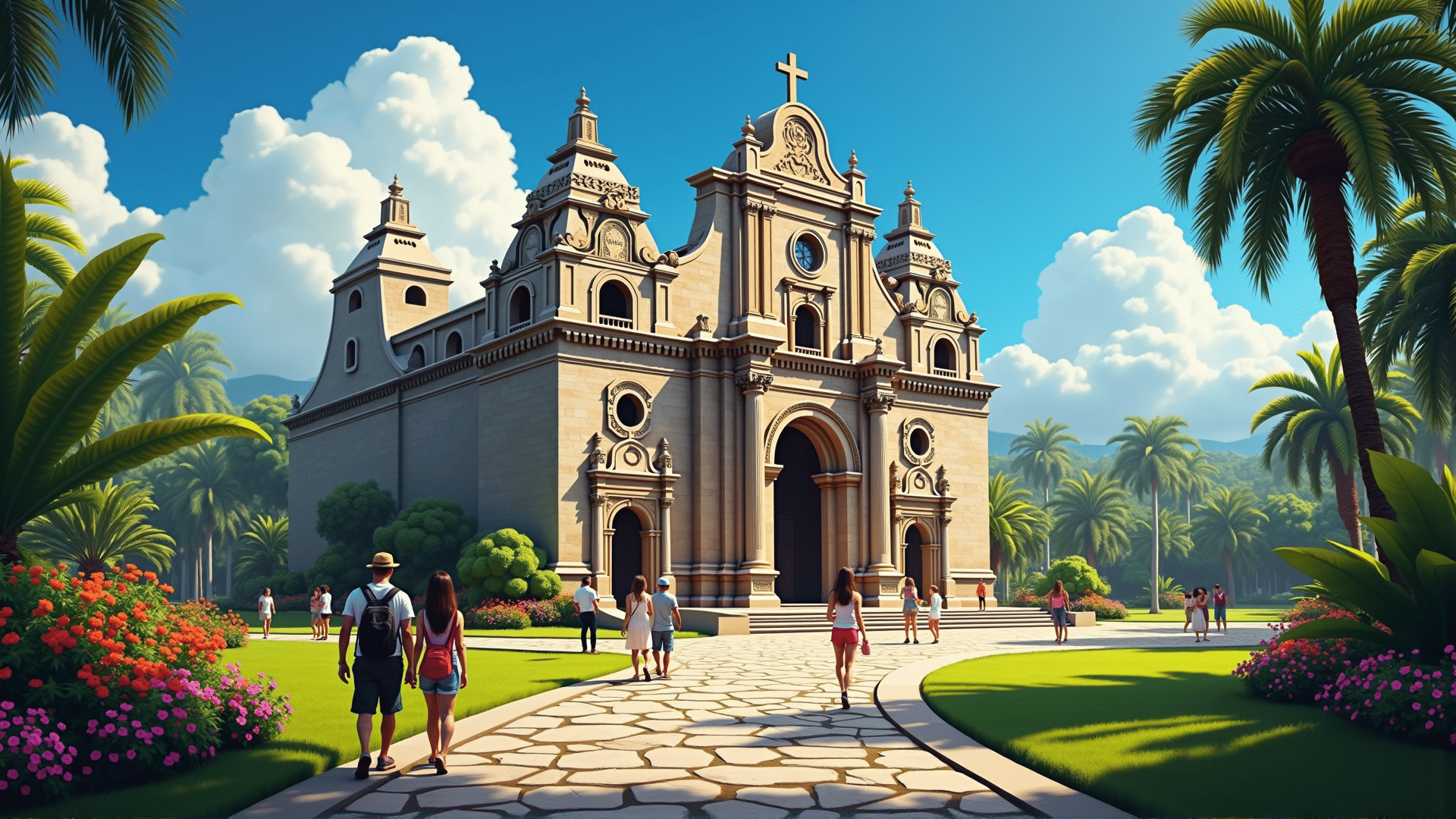The archipelago of the Philippines, with its more than 7,000 islands, offers a journey through time as it showcases a treasure trove of historical landmarks. These sites are tangible remnants of a vibrant past that has been shaped by a multitude of cultures, colonial influences, and significant historical events. From ancient ruins to well-preserved edifices, each landmark narrates a unique chapter of the nation's rich heritage.
One such remarkable site is Intramuros, the walled city located in the heart of Manila. Built in the late 16th century by Spanish colonists, its cobblestone streets and preserved architecture transport visitors to an era when Manila was the center of colonial administration. Fort Santiago, within the confines of Intramuros, stands as a testament to the past with its storied walls, having witnessed the imprisonment of national hero José Rizal.
Traveling north brings one to the historic town of Vigan in Ilocos Sur, a splendid example of a preserved Spanish colonial town. Its architecture is a fusion of Philippine, Asian, and European influences, demonstrating the blend of cultures that has shaped the region. As one strolls down the cobbled streets of Calle Crisologo, the well-maintained colonial houses offer a picturesque glimpse into the history that converged here.
Further south, one encounters the beautiful churches of Bohol and Cebu, built by Spanish missionaries in the 18th century. The Baclayon Church in Bohol and the Basilica Minore del Santo Niño in Cebu are not only spiritual sanctuaries but also cultural monuments. Their baroque architectural designs symbolize the religious impact of Spanish colonization and the transformation of the archipelago during that period.
The Banaue Rice Terraces, often referred to as the "Eighth Wonder of the World," present a different narrative. Carved into the mountains of Ifugao over 2,000 years ago by indigenous Filipinos, these terraces are a feat of ancient engineering. They continue to be a source of sustenance and pride for the communities that maintain them, underscoring the indigenous heritage and sustainable practices long before the influence of external forces.
Moving to the Visayas, Corregidor Island stands as a silent sentinel, teeming with relics from a more tumultuous era. Fort Mills, one of the island’s prominent features, bears the scars of World War II. The island's various batteries, tunnels, and memorials recount the bravery and struggles faced during the war, serving as poignant reminders of resilience and sacrifice.
Each of these landmarks, from ancient rice terraces to colonial cities and war-torn remnants, is more than just a location; it is a living museum that preserves the diversity and complexity of Filipino history. Exploring these sites offers an enriching understanding of the past and fosters a deeper appreciation for the cultural and historical fabric of the Philippines, engaging visitors in a narrative that is as multifaceted and vibrant as the nation itself.
